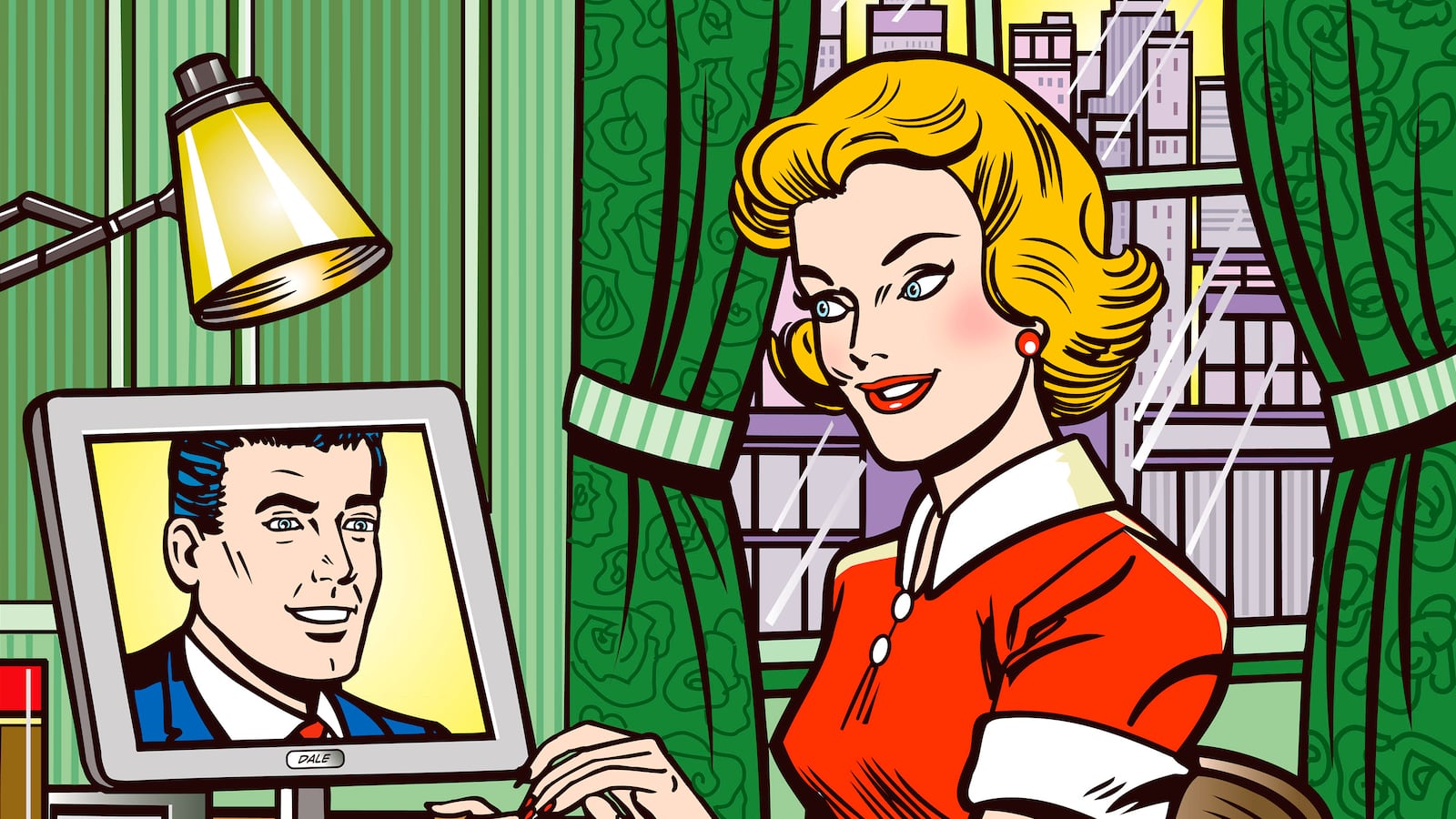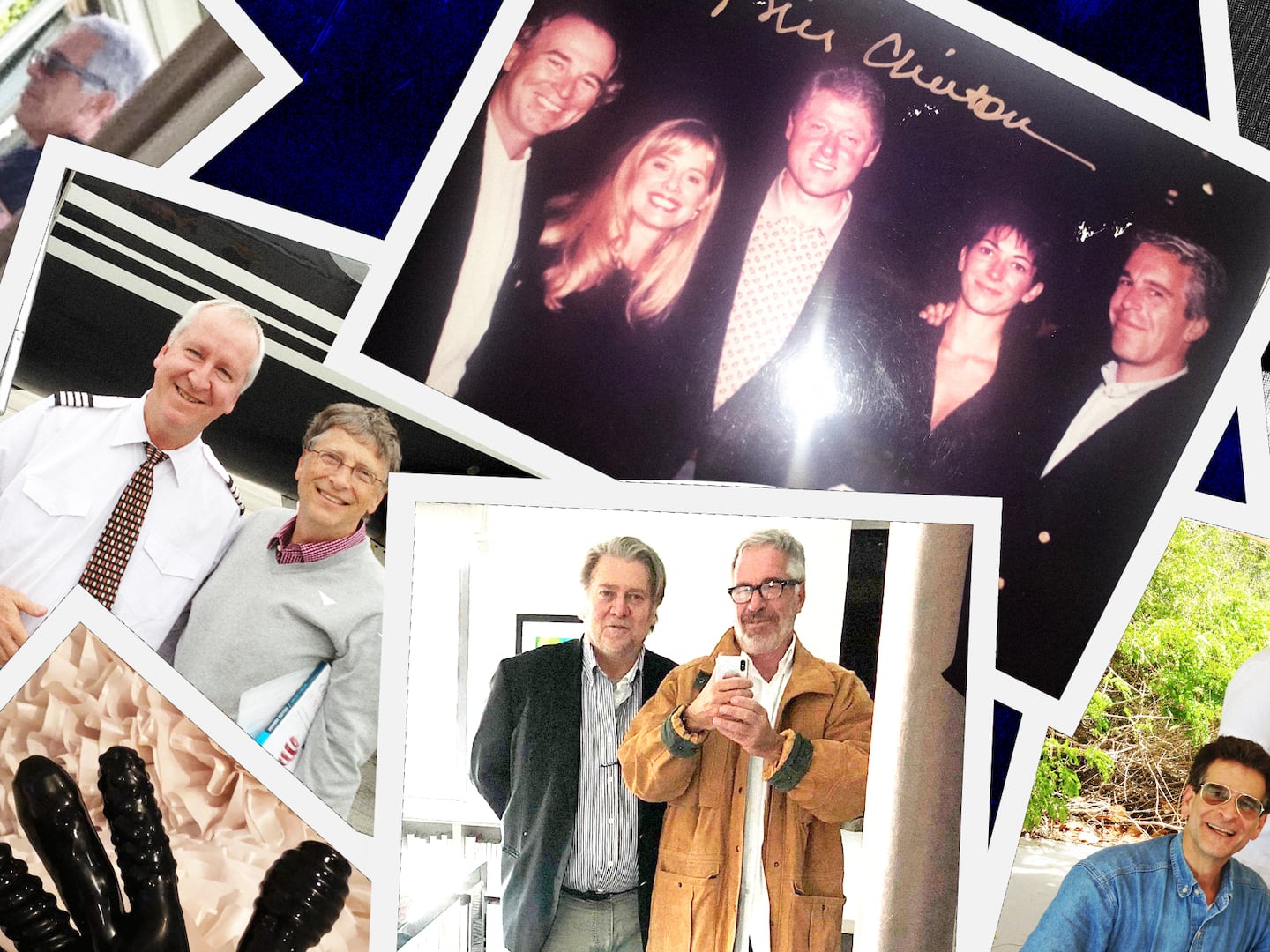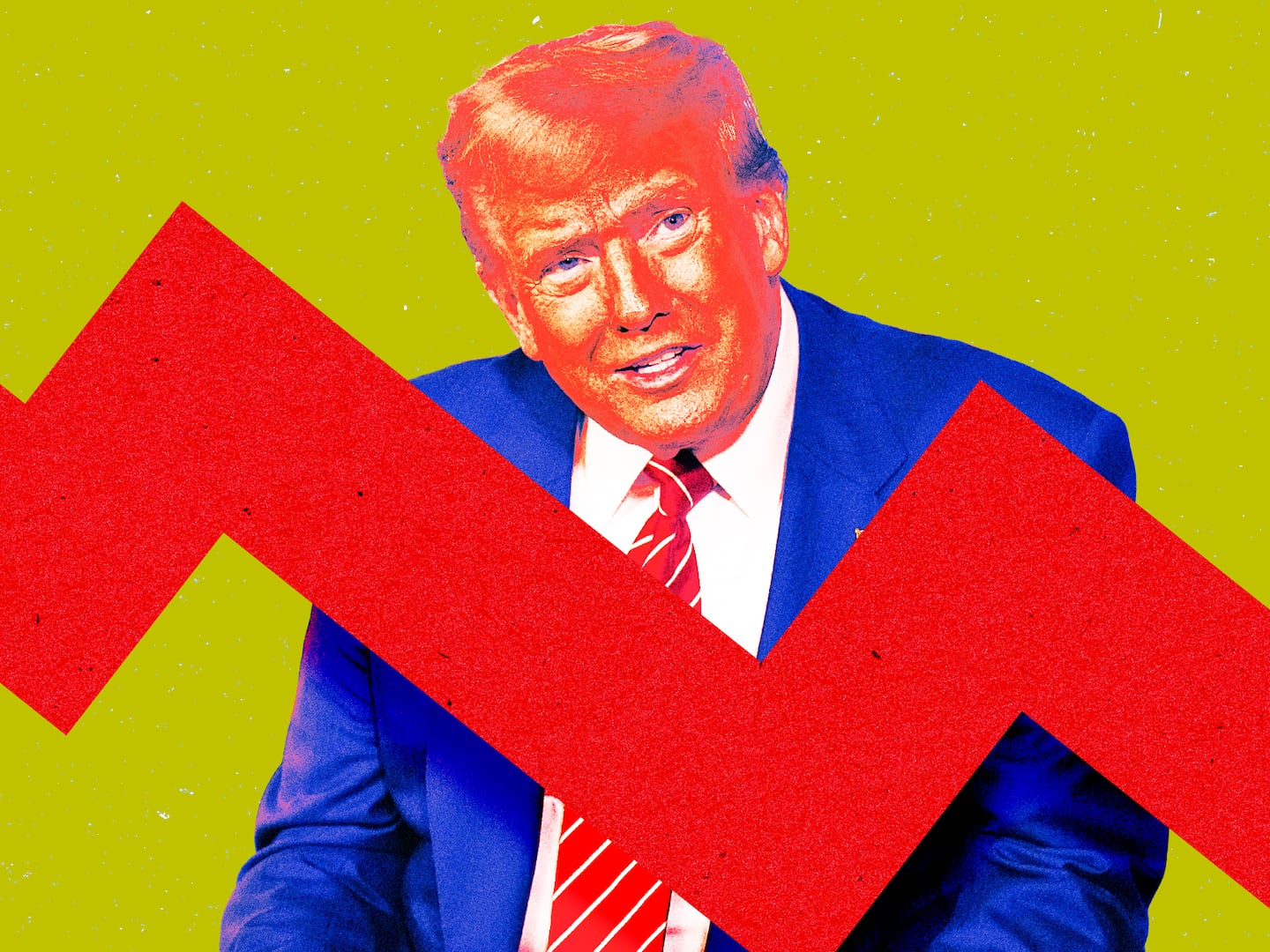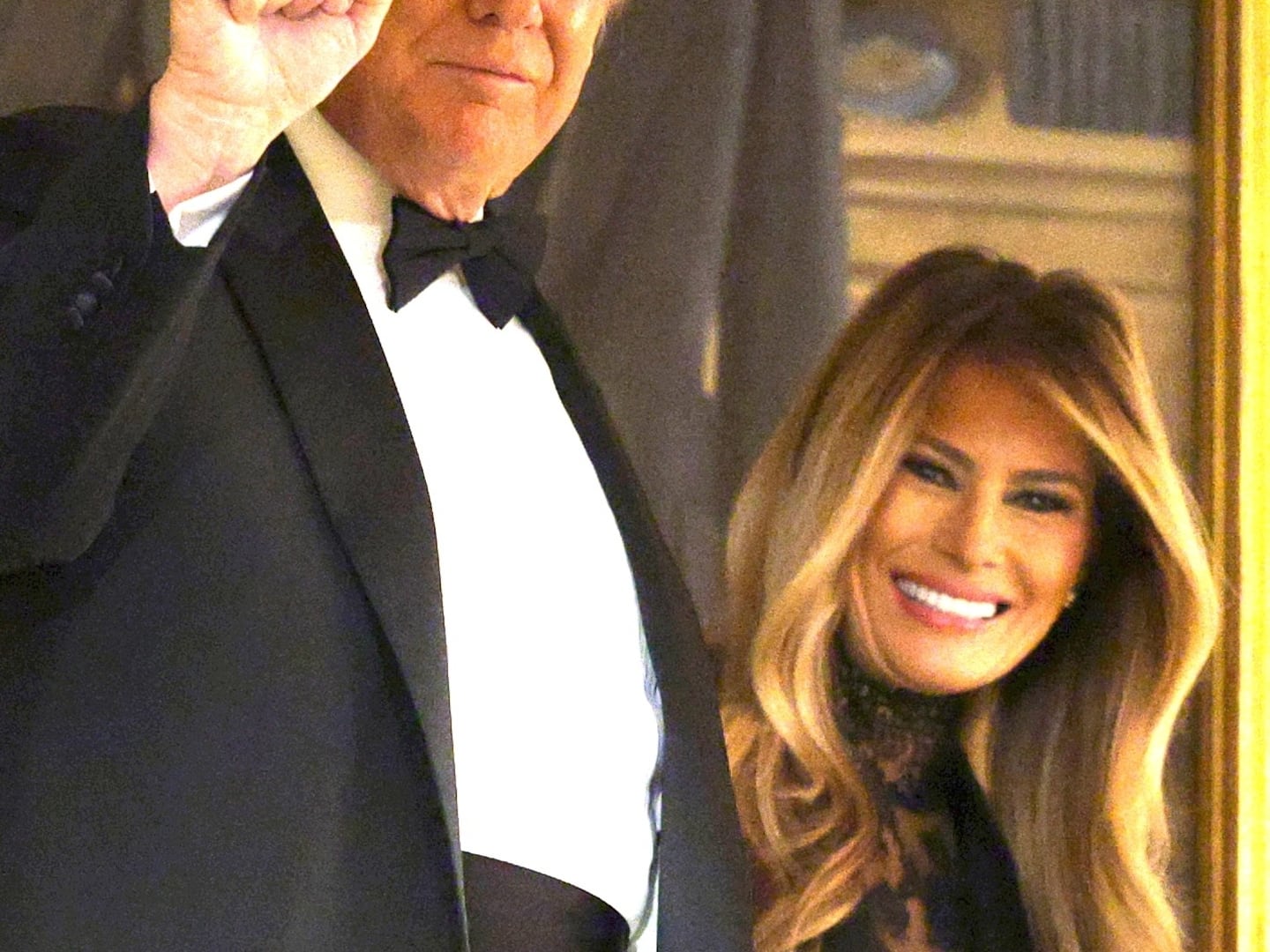In 2009 I lost my job as a legal-affairs reporter at a newspaper. I was also single at 31, and as a new freelancer I needed something to write about. While mulling the latter I addressed the former head-on: I asked my yoga instructor on a date.

She declined, citing a preexisting boyfriend, and I found a new class.
Most of my close friends were already married, or at least settled down, and now that I worked from home my social outlets had really begun to narrow. “Online dating,” recommended my mother, who in a matter of weeks was going to marry a man she met on Jdate, “the premier Jewish singles community online.”
I remonstrated. “Online dating is for desperate freaks,” I informed her.
“Thanks,” she said. “But how are you going to meet people?” Mom had a point.
So that’s when I started dating people in real life—“IRL”—whom I’d met first online.
And this is how my adventure in writing my new book—which is about the development of the online-dating industry, and how it’s affecting the lives of its users—began. It wasn’t the fruit of some lifelong obsession with online dating. Rather, the book grew out of what in retrospect appears to be a serendipitous amassing of inspirations, a mixture of encouragement and discouragement, sort of like dating itself.
Meanwhile I gave away articles, mostly on legal topics, to editors who could guarantee exposure but, they were always very sorry to say, no pay. Unemployment checks rolled in, and the New York State Department of Labor bankrolled my dating life, for a time. It should be added that I was on the hunt for a relationship—a “life,” not “material.” But for a writer the two pursuits can seem like alternating fall lines on a slalom course, simultaneous narratives woven into a single race.
Certainly there were a few less-than-stellar encounters and more humbling moments than I care to recollect during my yearlong foray into online dating. But once I began to climb the learning curve, I found myself meeting the kinds of people I might have asked out had we met IRL. The main differences were (a) I was meeting many more people than I was used to, and (b) I no longer had to rely on real life, at least insofar as finding dates was concerned. My market had become what social psychologists call “frictionless.”
That alone seemed like a novel innovation. Others must have thought so too. By 2010 a third of America’s 90 million singles had online-dating profiles. I would drift through parties, eat lunch with friends, meet editors for a drink, and somehow the subject of online dating would arise inexorably and unbidden.
Standing in line for coffee, or just walking down the street, I would overhear people share online-dating experiences. Have you heard of How About We? Did you see OkCupid’s latest blog post? Why do so many guys on Match claim to be training for a triathlon? Wait, the site asked you that? Who runs these sites anyway? How many sites are you on? How many dates do you go on? How many messages do you exchange before meeting? Was it weird that I contacted him first?

Deception, commitment, intimacy, paranoia, sex, and trust—I wondered what impact this ubiquitous technology might be having on these and other aspects of relationships, for better and worse.
Then something strange happened. I received a package from my father. It contained a stack of old letters and postcards dated 1965 and addressed to him at Harvard University, where he’d gone as an undergraduate. The correspondence had been written by my mother, a student at Mount Holyoke College, during the early months of their courtship. My parents separated when I was 3; the story of how they met had never come up.
Among the materials was an annotated cartoon booklet given to my father on his 22 birthday. On the first page, my mother had written: “Thank you, you old mathematically-minded-can’t-mind-your-own-business-mass-production-post-card-instigating-work-of-art-in-stainless-steel computer. Thank you.”
What computer could she possibly have been thanking, and why?
Flipping through the rest of the pile I came upon a questionnaire entitled “CONTACT Personality Preference Inventory.” With its bubbles and multiple-choice questions, it looked like an answer sheet for some standardized test, except that the questions pertained to romance rather than math and vocab. A little digging revealed that “Contact” had been one of the first ever computer-dating services, launched by a Harvard student in 1965. No, there was no Internet back then. But there were computers, including the Honeywell 200, a room-size monstrosity that could process punch cards, match questionnaires, and, apparently, produce a relationship that produced me.
“Oh yeah. You didn’t know?” my father said when I called to ask him what CONTACT was. “Your mother and I met through a computer-dating service. These days they’re all over the Internet. I think they’re mostly for desperate people though.” Thanks, dad.
Even my father, one of the industry’s pioneering users, stigmatized online dating. Where did that stigma come from? And if it was true that the stigma was going away, why?
Whatever the answers were, it seemed as if God had put me on earth to ask the questions. But I had no interest in writing a book about myself, or even about my parents. So the reporting began. My two-year journey took me to the headquarters of dating sites around the country, into the private lives of more than 100 online daters—male and female, gay and straight, very young and very old—and abroad, to Europe, Russia, and Latin America. In Colombia, I saw what used to be called the mail-order bride business flourishing, having recently been moved to the Internet and rebranded “premium international online dating.” Now any Western man can meet a woman from pretty much any developing country, from Uruguay to Ukraine to Vietnam and all economically distressed points in between.
Once I started working on Love in the Time of Algorithms, I made a point of retiring from online dating. As it turned out, however, I could unsubscribe from the date-o-sphere but I could not escape that larger web of social-media connectivity. One day, on Facebook, the yoga instructor popped up in that right-hand column of “People You May Know.” We had a friend in common. She was single, so was I, and the rest is, well, a book.






